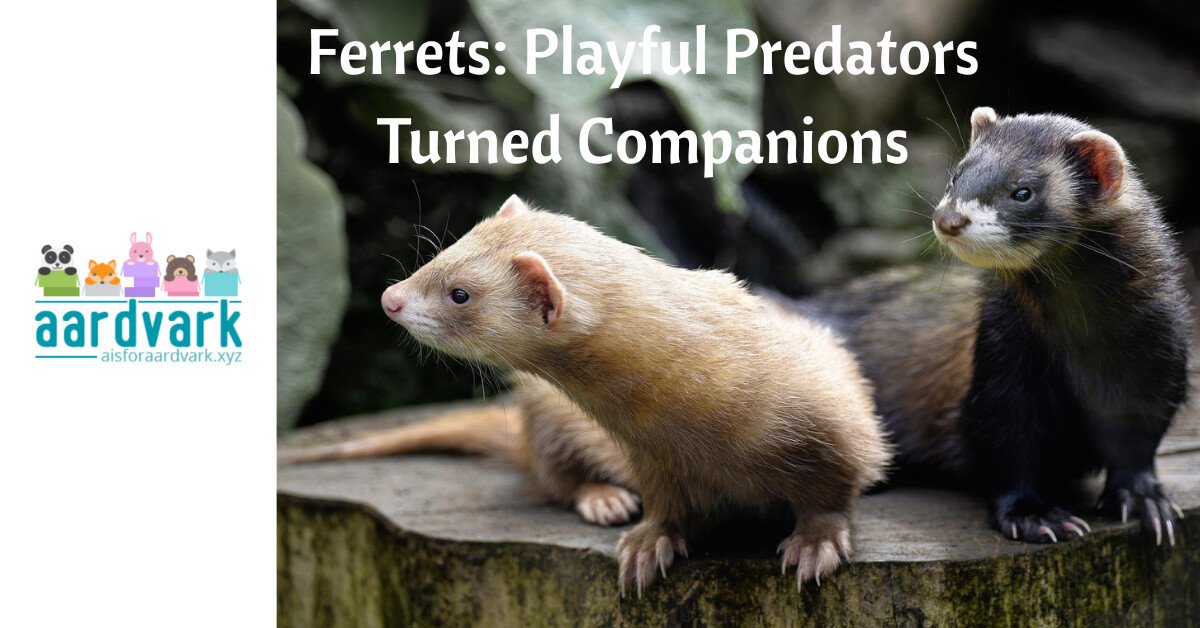Crocodiles are ancient reptiles that epitomize the raw essence of survival through an evolutionary history that spans over 200 million years. Occupying a broad range of freshwater habitats, these formidable predators are found across the warmer regions of Africa, Asia, the Americas, and Australia.
Taxonomy and Species Diversity
Crocodiles belong to the family Crocodylidae, which includes some of the largest reptiles on earth. Key species include the fearsome saltwater crocodile, known for being the world’s largest living reptile; the Nile crocodile, which is prevalent across Africa and known for its aggressive nature; and the more docile American crocodile, found in the freshwater regions of the Americas and parts of the Caribbean. These species exemplify the adaptability and diverse ecological niches crocodiles occupy, from saline coastal waters to freshwater rivers.
Physical Characteristics
The anatomy of a crocodile is a testament to its predatory lifestyle. Crocodiles are well-equipped for both aquatic and terrestrial life and have a robust body armored with bony scales known as scutes. Their streamlined bodies enable swift movement in the water. At the same time, their powerful jaws are capable of tremendous biting force, essential for capturing and dismembering prey. Additionally, crocodiles possess exceptionally sharp senses, including night vision and sensitive receptors along their jaws that detect vibrations in the water, aiding them in hunting even in total darkness.
Habitat and Distribution
Crocodiles thrive in various aquatic environments, including rivers, lakes, wetlands, and even some coastal regions.
Their ability to tolerate varying salinity levels allows species like the saltwater crocodile to venture far into the sea.
This widespread distribution is crucial for their hunting strategy, giving them access to diverse prey species. Crocodiles’ adaptability to different habitats is critical to their survival, reflecting their complex behavior and ecological role as apex predators within their environments.
Diet and Hunting Behavior
Crocodiles are renowned for their role as top predators within their ecosystems. Their diet primarily consists of fish, birds, mammals, and occasionally smaller crocodiles, depending on the species and available prey.
Crocodiles ambush their prey, utilizing their stealth and power to capture it unawares rather than chasing it down. They can remain submerged and nearly invisible in the water for long periods, exploding out of the water with surprising speed to snatch their prey with their powerful jaws. This highly efficient hunting method conserves energy and increases their success rate.
Distinguishing Crocodiles from Alligators
Understanding the differences between crocodiles and alligators can be crucial for accurate identification. Crocodiles generally have a more pointed, V-shaped snout, while alligators possess a broader, U-shaped snout.
Additionally, crocodiles often display a more aggressive temperament and are usually found in saltier waters compared to the freshwater habitats preferred by alligators.
Another notable distinction is that the upper and lower teeth are visible when a crocodile’s mouth is closed. In contrast, due to their overbite, only the upper teeth show in alligators.
Reproduction and Lifecycle
Crocodile reproduction involves complex behaviors, including vocalizations, head-slapping on the water’s surface, and body posturing.
Females lay eggs in nests made of vegetation. As the vegetation decomposes, it produces heat, which helps incubate the eggs. The nest’s temperature determines the sex of the hatchlings, a phenomenon known as temperature-dependent sex determination.
After the young crocodiles hatch, they may stay with their mother for up to two years, during which time the mother fiercely protects them from predators.
Conservation Status
Crocodiles are subject to a range of environmental pressures that threaten their survival. Habitat destruction due to agricultural expansion, urban development, and pollution significantly impacts their natural environments. Additionally, crocodiles have historically been hunted for their valuable skin, used in the fashion industry, and for their meat.
Various species have been on the brink of extinction, prompting international wildlife agencies to lobby for protective legislation and conservation programs. Successful conservation efforts, particularly breeding and reintroduction programs, have begun to stabilize some populations, but many species remain at risk.
Crocodiles in Culture
Crocodiles have been a potent symbol in human culture and mythology for millennia, representing both fear and reverence. Ancient Egyptians revered the crocodile as a symbol of power and protection, embodied in the deity Sobek. In contemporary times, crocodiles appear frequently in literature and film, often characterized by their primal ferocity. Educational programs and wildlife documentaries also highlight the ecological role of crocodiles, promoting a better understanding and appreciation of these complex predators.
With their ancient lineage and ecological importance, crocodiles are fascinating creatures that continue to capture our imagination. Their survival is crucial not only for the health of ecosystems but also for maintaining biodiversity. As apex predators, they play a vital role in controlling the population of other species, which helps maintain the balance within their habitats. Continued conservation and public education efforts are essential to ensure that future generations may also experience the wonder of these magnificent reptiles.







